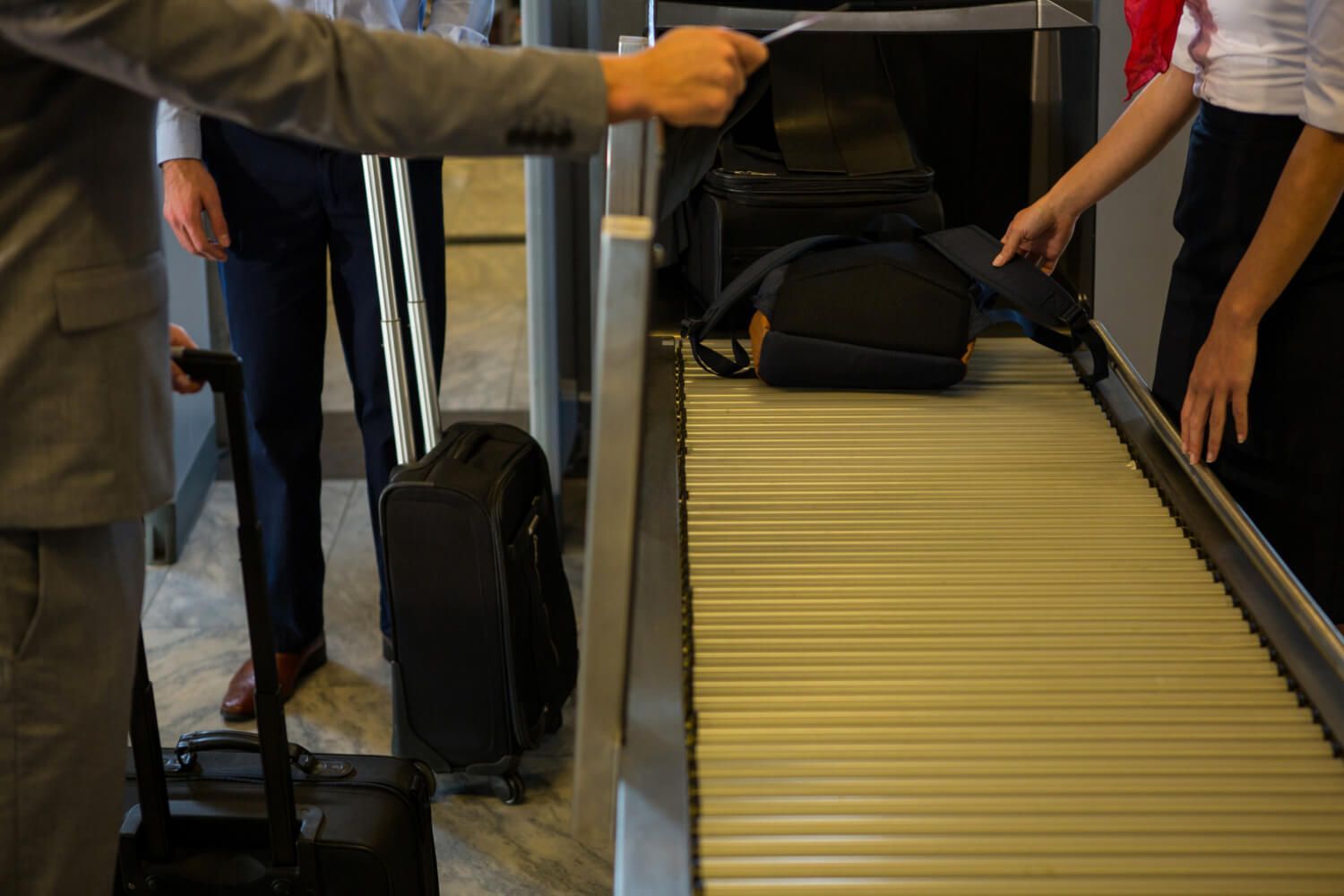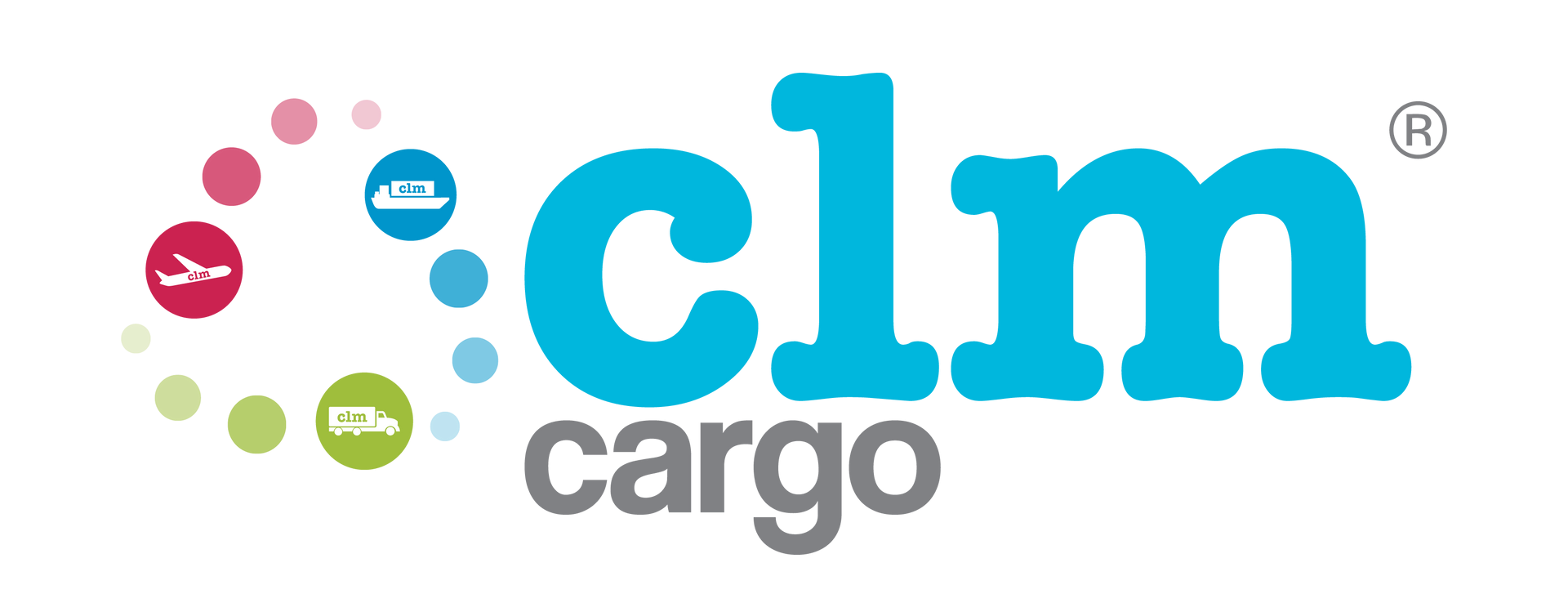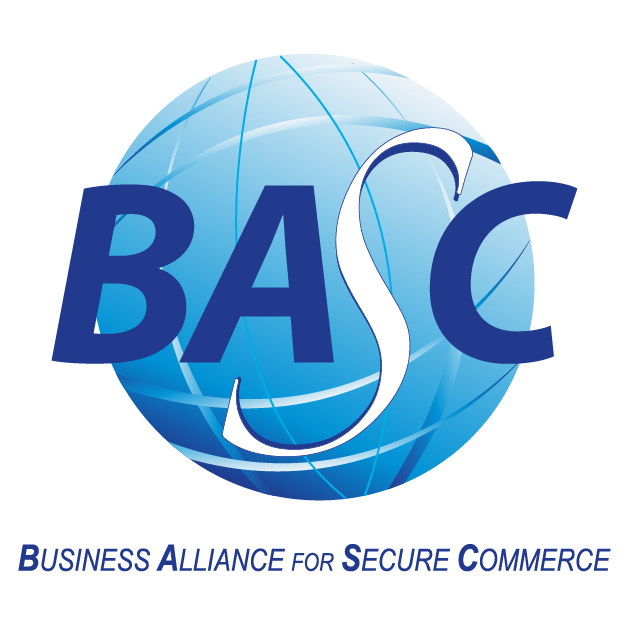Unaccompanied Baggage Import into the United States

The importation of unaccompanied baggage into the United States is a frequent component of international relocations, employee transfers, or repatriation logistics. This process allows personal belongings to be shipped separately from the traveler, typically arriving before or after their entry into the U.S.
While this method offers convenience and flexibility, it is tightly regulated by U.S. Customs and Border Protection (CBP) and must follow specific documentation, inspection, and admissibility requirements. Non-compliance may result in fines, confiscation, or extended delays at ports of entry.
This guide outlines the critical legal, logistical, and strategic aspects for successfully managing unaccompanied baggage imports into the U.S.
Regulatory Framework and Legal Authority
Definition
Unaccompanied baggage refers to personal effects transported separately from the passenger via freight carriers. The shipment must be intended for personal use and not for resale or commercial purposes.
Governing Body
- U.S. Customs and Border Protection (CBP) is the primary authority overseeing import declarations, admissibility, and duties related to unaccompanied baggage.
- Transportation Security Administration (TSA) may screen inbound cargo, especially if arriving by air.
- U.S. Department of Agriculture (USDA) inspects goods for prohibited organic material or pests.
Eligibility and Admissible Items
Commonly Allowed Items:
- Personal clothing, footwear, books
- Used household goods
- Tools of trade (with proper declaration)
- Electronic devices for personal use
Items That May Be Restricted or Require Declaration:
- Alcohol or tobacco products (subject to quantity and duty limits)
- Food items or supplements
- Medications (must meet FDA regulations)
- Art, antiques, or cultural artifacts (subject to provenance validation)
Prohibited Items:
- Firearms or ammunition (require prior ATF approval)
- Agricultural products (fruits, meats, plants, seeds)
- Counterfeit goods or pirated software
- Hazardous materials
Documentation Requirements
To ensure smooth customs clearance, importers must provide:
- CBP Form 3299 – Declaration for Free Entry of Unaccompanied Articles
- Detailed inventory list (in English) including item values and descriptions
- Proof of travel (flight itinerary or boarding pass)
- Valid U.S. visa or immigration status documentation (if applicable)
- Power of Attorney (if represented by a broker or freight forwarder)
All documentation should be submitted in advance of arrival at the port of entry, especially for ocean freight shipments.
Entry Process and Inspection
Declaration Timing:
The shipment must arrive within a "reasonable time" (typically 60 days) of the traveler’s arrival in the U.S. to qualify for duty-free entry.
Inspection Protocol:
CBP may physically inspect shipments to verify contents and ensure conformity with import restrictions. X-ray, canine, or manual inspection may be used.
Duty-Free Eligibility:
Used personal effects may enter duty-free under 19 CFR § 148.52, provided they are for personal use and not intended for resale.
Freight Methods and Cost Considerations
Air Freight:
- Transit time: 3–7 days
- Higher cost per kg, but ideal for time-sensitive or limited-volume shipments
Ocean Freight:
- Transit time: 3–6 weeks
- Economical for large volumes or full household relocations
Additional Costs May Include:
- Customs brokerage fees
- Delivery and unpacking services
- Port handling and documentation fees
- Temporary storage if traveler has not yet arrived

Risk Management and Compliance
Potential Risks:
- Misclassification of goods (may result in duties or seizure)
- Undeclared restricted items (fines or delays)
- Delayed documentation (shipment held at port)
Mitigation Measures:
- Use an experienced licensed customs broker
- Clearly label all boxes and provide a master packing list
- Pre-clear documentation before arrival
- Ensure insurance coverage for transit and potential loss
Strategic Recommendations for Corporations
- Align international HR teams and freight providers early in the relocation planning phase.
- Educate employees about prohibited/restricted items before departure.
- Centralize documentation processing using digital logistics platforms.
- Partner with customs brokers familiar with employee relocation programs.
- Maintain audit trails of documentation and declarations for compliance purposes.
Key Takeaways
Importing unaccompanied baggage into the U.S. is a viable option for personal relocations, but requires a thorough understanding of customs regulations, admissibility rules, and logistical best practices.
When managed strategically, this process supports smooth workforce mobility, minimizes disruptions, and ensures legal and financial compliance. Corporate stakeholders should treat unaccompanied baggage importation as an extension of international logistics—not as an informal shipping solution.






